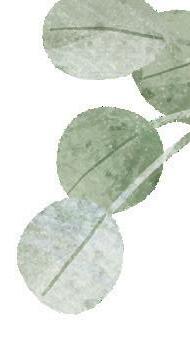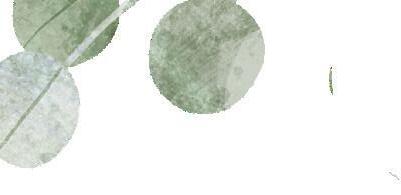TRANSFORMING YOUR NATURE STRIP INTO A HABITAT GARDEN IS A SMALL GESTURE THAT MAKES A BIG DIFFERENCE.
WHEN PLANTING LOCAL NATIVE SPECIES, YOU:
Provide habitat and food for urban wildlife
Enhance biodiversity
Improve ecosystems
Connect our green corridors


Understand the time and effort it takes to maintain and create a native nature strip is an all-year-round commitment.
All residents are required to maintain the nature strip adjacent to their property. This involves keeping your nature strip free of trip hazards and protruding objects, and ensuring pathways, gutters and driveways are free of weeds, rubbish, and mulch as per Hobsons Bay City Council guidelines.
Acknowledgement of Country Council acknowledges the Bunurong Peoples of the Kulin Nation as the Traditional Owners of these municipal lands, rivers and coastal areas. We recognise the First Peoples’ relationship to this land and offer our respect to their Elders past and present.
3 1 2 4 5
CHECK OUT THE NATURE STRIP LANDSCAPE GUIDELINES DON’T FORGET TO CHECK BEFORE YOU DIG

PREPARE YOUR NATURE STRIP
PICK YOUR DESIGN
BUY YOUR PLANTS
TIP ~ Work with a neighbour to create a native nature strip together.
Take time to carefully prepare your nature strip before planting, this will help enormously down the track.
We recommend tough, reliable plants that don’t exceed 500mm. Use the design fact sheet for plant recommendations.
• For safety, ensure your footpath is clear and people can pass by
• Use hand tools to prevent damage to street trees, infrastructure, and underground services
• Create a no-dig zone at least 500mm around your street tree. If you have a large street tree don’t dig through the roots, build up the soil away from the trunk and clear of the roots and consider planting a groundcover (see super minimalist design).
OPTIONS TO REMOVE YOUR LAWN
This is optional and not needed for all nature strips.
Is your nature strip sandy or clay based? Make sure you mulch first.
METHOD 1. SCALPING
• Remove 70mm of soil
• Take the time to remove any stray roots or runners
• Replenish lost soil with a native soil mix, plant and then apply 75mm of course mulch over the top.
METHOD 2. NO DIG GARDEN
• Mow lawn on lowest setting
• Water nature strip
• Place brown cardboard over the grass to create compost
• Cover with native soil mix and organic matter
• This will smother the weed and kill the grass/weed
• You can plant directly in the soil after six to eight weeks.


WHY MULCH?
Mulch helps to maintain soil moisture, reduces the need for watering and supresses weeds.
WHICH MULCH?
Apply heavy organic mulch such as bark or wood chips 12mm to 25mm in size, a chunky mulch will resist disturbance by wind and rain.
HOW MUCH?
Apply mulch to at least 75mm depth, this will last all year. Council does not supply mulch; call your local garden supply centre and give them your nature strip length and width and mulch depth (75mm) and they will deliver mulch to your door.
WHEN SHOULD YOU MULCH?
Mulch just after rain when the ground is moist or water your nature strip before mulching. Applying a slow-release native fertiliser around the root zone of the plants before mulching to give them an added boost.

MULCH MAINTENANCE
• Ensure mulch remains on the nature strip and does not spill onto the footpath, driveways or in the kerb.
• Keep the mulch at the level of the footpath and kerb.
• Plant low groundcovers and wildflowers near the edge of your nature strip to prevent birds flicking mulch onto the footpath.
• When you trim the small shrubs or dead head flowers, don’t tidy the cuttings up, leave it on your garden for mulch. Native groundcovers and grasses will eventually become a living mulch and supress weeds.
• Aim to cover bare ground with plants.
TIP ~ Keep mulch four fingers width away from plant stems or trunks or it can cause fungal growth and disease.




tree trunk No dig root zone 0.5m radius
0.5m clearance
Common Everlasting


Common Everlasting (6)
Chrysocephalum Common Everlasting Dwarf Cushion Bush


